As Covid-19 sweeps through cities around the world, governments have ordered businesses to shut and residents to shelter at home. This extraordinary combination of physical distance, emotional isolation and limited mobility—often for weeks or months on end—has exacerbated existing urban challenges while revealing opportunities for action.
A renewed mandate for resilient design
While urban planners typically regard open spaces, such as parks, as desirable amenities, the ongoing pandemic shows these are not only beneficial but also vital.
Once viewed as spaces for leisure, sport or monuments, parks are now also appreciated for their social, economic, cultural and environmental value. Planners increasingly recognise how parks nurture civic identity and boost physical and mental health.
Still, open spaces too often are an afterthought—a box for developers to tick. Many cities in the developing world still lack sidewalks, much less adequate open space for residents.
This must change. Covid-19 heightens the urgency for planners to ensure that high-quality public spaces, with sufficient area for physical distancing, are available to all. It is crucial for liveability and, in times of pandemic, basic survival.
Future designers must accommodate these competing uses, so that parks can host social gatherings in normal times, while enabling safe distancing for park-goers during a pandemic. Their design approach must also be climate-sensitive: in tropical cities, heat and humidity leave monumental lawns without shade (popular in temperate cities) conspicuously empty—a missed opportunity for other suitable uses.
Read the full article on GovInsider
Author: Kevin Fan Hsu
Recommended by Stephanie Cheung

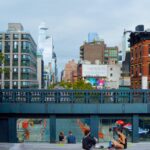
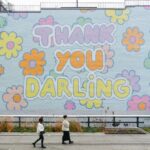
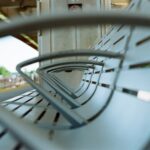

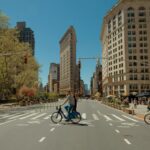
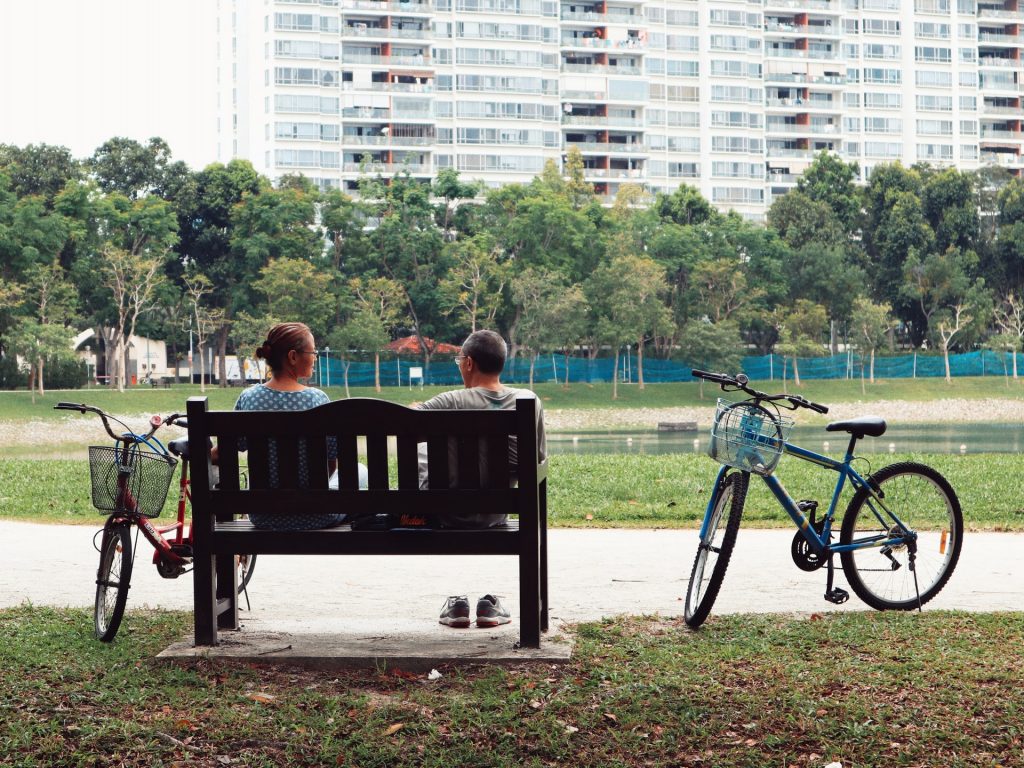
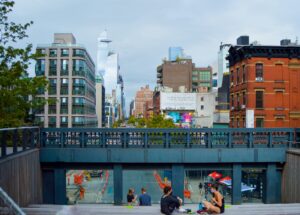
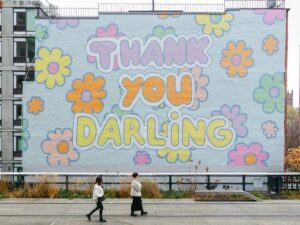
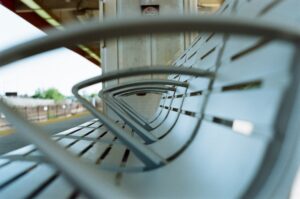
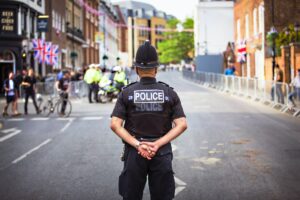
More Stories
Abandoned no more: Mumbai’s new park on previously disused land
Studio Saar crowns Udaan Park with canopy of colourful birds
In Tokyo, a public toilet that is also a cinema and a kiosk